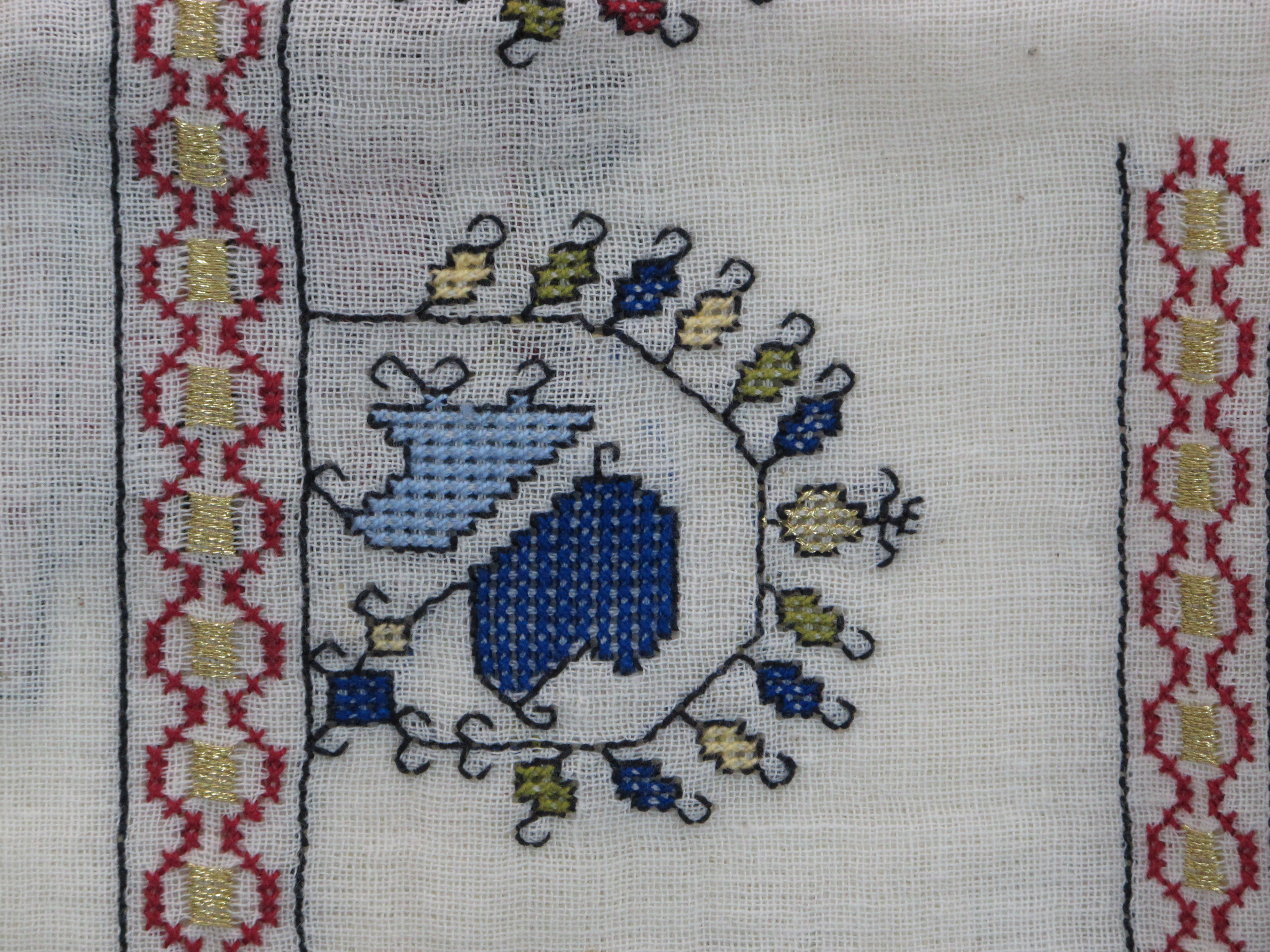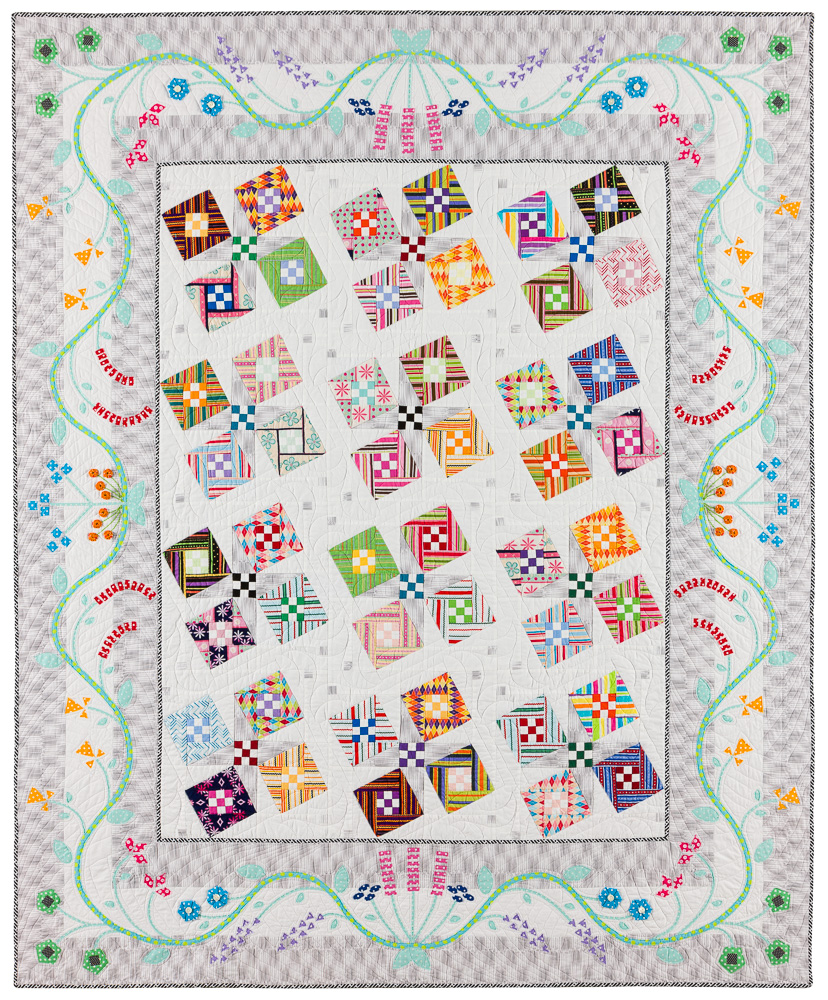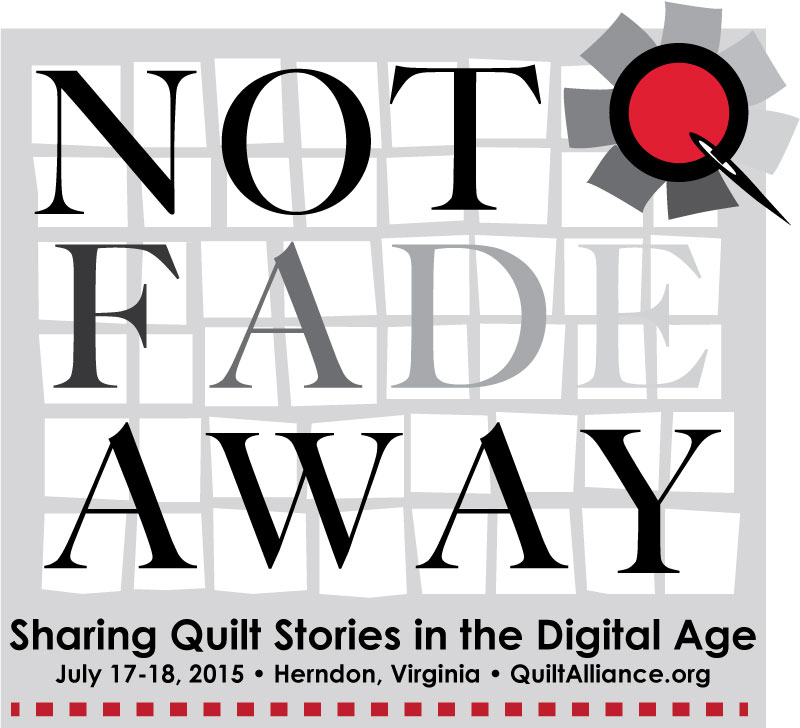 5
5

(Hand woven linen with hand embroidery. Student work at the Education Center, Sile, Turkey)
Not long ago, in a village in Anatolia, a young man seeks the hand of a young woman he would like to marry. His answer comes in the form of a small handkerchief.
Needlework skills were and still are highly regarded in Turkey. Many years ago, when a girl was born, her mother would begin working on household items for the trousseau. This work involved many thousands of hours of decorative needlework for household items such as tablecloths, bed linens, gowns, etc. A mother took great pride in preparing these items. As the girl grew older, she would add to this work with her own handmade items, taught to her by her mother. As with any artform the value of the work increased if all of the elements (thread, color, composition, design) were in harmony, incuding the way the edge of a piece was finished. A trousseau was an important part of a rich tradition which allowed a young woman to express her creativity and individuality. Not only did the handmade items prepare a bride for her new home, the skills required for this work often could become a way for the woman to earn money for her family, as well as passing down family traditions. Needlework was seen as a confidence builder for the woman.
When a marriage was planned, there would be a trousseau exhibition, wherein the entire collection of work would be laid out for visitors to admire. Before the showing, the women would gather together to wash and iron all of the items. A trousseau exhibition was a great opportunity for other young girls to copy designs that they admired for their own trousseau.
Traditional Anatolian society meant that a woman could not openly express her feelings or desires, so her embroidery became a way to impart messages. Embroidery motifs, while being beautiful, also served as a secret language all their own, and if you knew the language, you could understand what was being said.
So, back to the handkerchief. If a young woman was not interested in a young man, or if she wanted to break off a relationship with a sweetheart, she would send a plain handkerchief. But if the handkerchief was sent with all four corners embroidered, it meant that she was his. The Sile Education Center in Turkey is helping to foster these rich craft traditions by offering classes in a wide range of subjects. We would like to especially thank the Director of the Sile Education Center, Mr. Ali Riza Sengul, and his freindly staff for so generously opening their doors to us.
Do you have any traditions in your family or culture that involve a handkerchief, or other such textile? We would love for you to share your tradition with us in the comment section.















.jpg)


